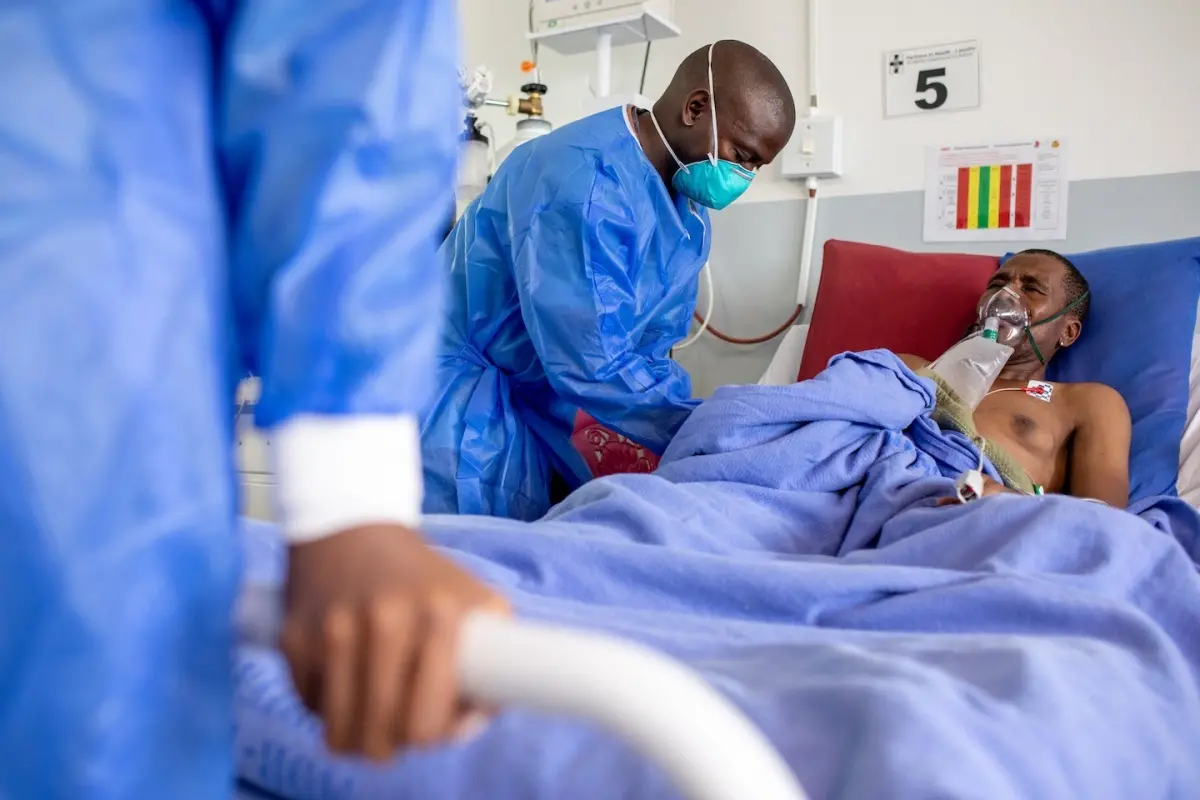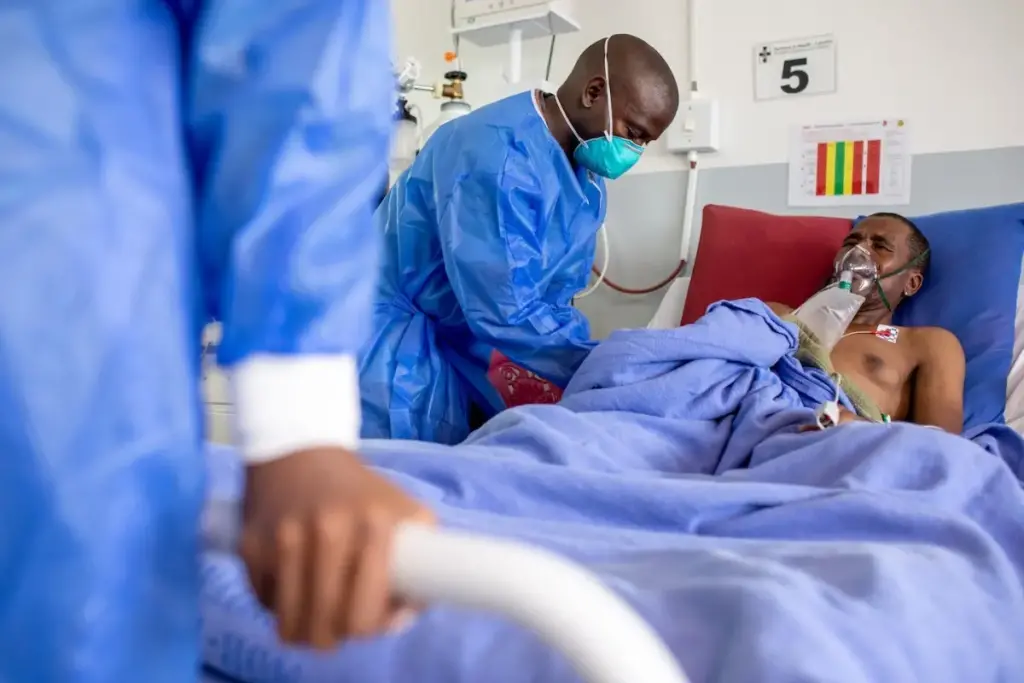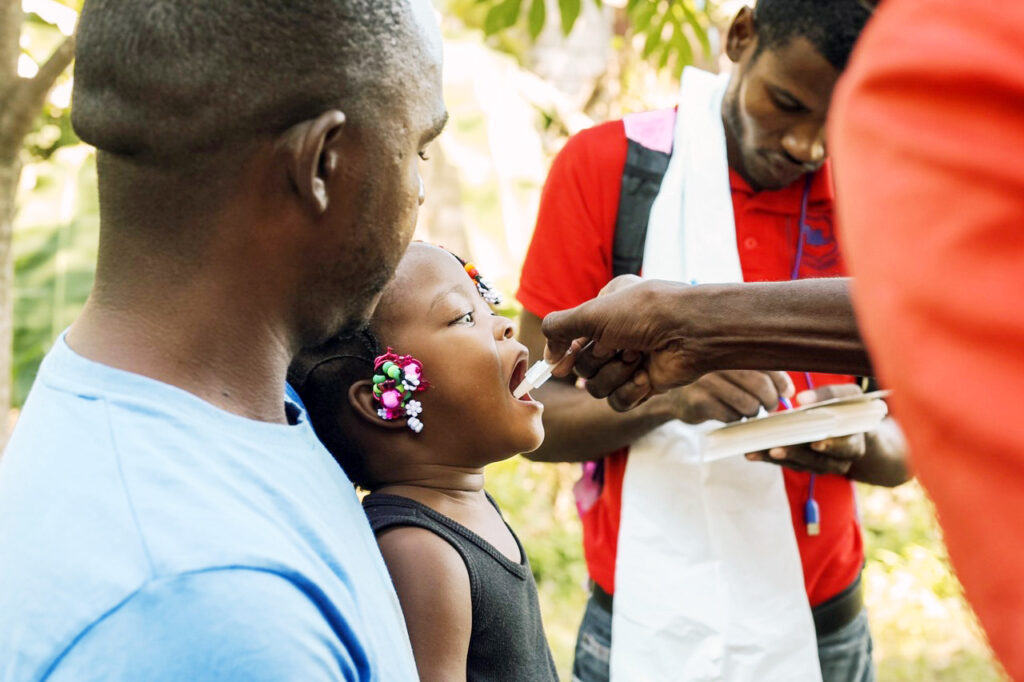5 Common Misconceptions About Tuberculosis

The deadliest infectious disease that you never hear about
Posted on Aug 1, 2023

Tuberculosis (TB) is a common, and in many cases fatal, infectious disease that attacks the lungs, and can affect other parts of the body. The incidence of TB, like many infectious diseases, reveals glaring health care inequities where more than 95% of deaths occur in developing countries.
Partners In Health (PIH) has been battling this injustice for more than three decades by treating and preventing the spread of TB while working with partners to dramatically improve treatment of multidrug-resistant tuberculosis (MDR-TB) in some of the most vulnerable communities in the world.
Although the World Health Organization has labelled TB as the deadliest infectious disease in the world—outpacing HIV—there are still many who aren’t aware of the disease and its ongoing global impact.
Here are 5 misconceptions we often hear regarding TB:
1. TB is a disease of the past.
In reality, the prevalence of TB has been rising. Globally, the incidence rate of TB is 134 per 100,000 people, which, after two decades of trending downward by about 2% per year, amounts to an increase of 3.6% from 2020 to 2021. This increase can be partially attributed to disruptions caused by the COVID-19 pandemic as people isolated together and spread the deadly bacteria while there was limited access to health services to detect, prevent, and treat the disease. Even the United States saw a growing number of cases in 2022 with 8,300 reported, compared to 7,874 cases reported in 2021.
2. TB doesn’t kill many people anymore.
Along with the increase in prevalence, there has also been an increase in the number of deaths from TB, reversing many years of slow decline. In 2021, 10.6 million people fell ill with TB and 1.6 million people died. Despite being both treatable and preventable, TB is a leading infectious killer, above HIV/AIDS.
3. MDR-TB is incurable.
There are drugs available that can treat and cure MDR-TB, a more severe form of the disease. Over two decades, PIH has treated more than 10,500 people for drug-resistant TB in Peru and has a 77% cure rate for MDR-TB thanks to new medications.
Unfortunately, as only 10% of people with drug-resistant TB receive treatment that cures them, MDR-TB is still a public health crisis. The primary form of transmission for MDR-TB is through contact with someone who has drug-resistant TB, regardless of any previous infection with the disease, making treatment even more critical to stop the cycle of infection.
Since 2016, PIH has worked with partners on the endTB project to dramatically improve the treatment of MDR-TB through access to medications, clinical trials of new drugs, and shorter treatment regimens.
4. TB care is prohibitively expensive.
TB has a global impact that warrants large investments. One plan to address TB estimates funding needs around $15-32 billion per year to prevent, diagnose, treat, and conduct research for TB until 2030. However, the amount spent globally on TB is absurdly low. With only $5 billion going to combat TB annually, just half of what Americans alone spend annually on celebrating Halloween, we aren’t close to fulfilling the financing needs. The world needs much greater international cooperation and investment in resources to end this curable disease.
According to a recent analysis, if governments meet the WHO 2030 End TB goals, as many as 23.8 million lives could be saved and $13.1 trillion in economic losses averted. Additionally, it’s estimated that every dollar invested in TB research and response will yield $40 in economic benefits alone through 2050–not to mention the lives saved.
There are also ways pharmaceutical companies can make TB care less expensive and more accessible. For example, patents on lifesaving medication contribute to increased drug costs and restrict access to care for many of the populations where resources are already limited. At PIH, we are urging further steps to ensure critical TB drugs, including bedaquiline, are available to all.
5. Treating TB and MDR-TB is too complex to be achieved in settings of poverty.
Since the 1980s, PIH has been working in impoverished communities with significant TB burdens to advance treatment and improve the health of patients. PIH takes a community-based approach to TB care, including recruiting community health workers who provide in-home care and support, partnering on clinical trials to improve the treatment of MDR-TB, and deploying mobile clinics to bring screening, education, and treatment directly to vulnerable populations.
This approach is changing local, national, and global systems of care and providing a model for fighting the disease. Three of our original MDR-TB pilot projects have successfully been handed over to ministries of health, where they can be scaled up nationally and leaders can provide training and technical assistance to neighboring countries.
Originally published on pih.org



